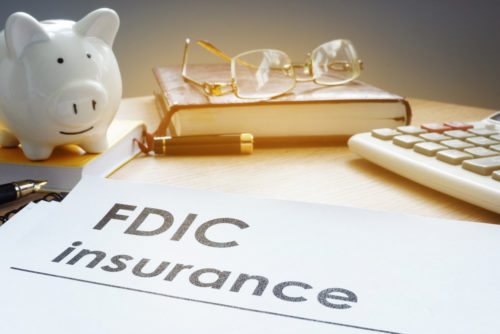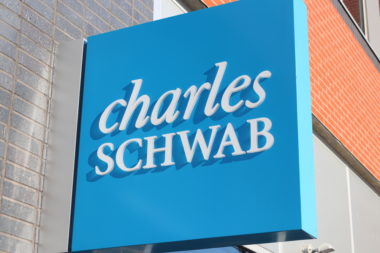The Federal Deposit Insurance Corporation (FDIC) is an independent agency of the U.S. government that insures bank and thrift institution deposits to protect the economy to ensure stability and public confidence. Currently, the FDIC insures deposits of a standard amount of $250,000 per depositor, per insured bank. Bank services other than deposits — such as stocks, bonds, and mutual funds — are not protected by the FDIC.
Table of Contents
Why Was the FDIC Created?
The FDIC was formed by Congress in 1933 after the Great Depression in order to prevent another major economic collapse in the future. In 1929, the Great Depression started many bank runs, or banking panics. After the Great Depression, U.S. citizens naturally lost faith in the banking system, and the FDIC was created to restore stability and public confidence. According to the FDIC, no depositor has lost a cent of their FDIC-backed deposits since it was created.
How Does FDIC Insurance Work?
Bank failures are rare, but they do happen. It’s up to the FDIC to protect banking customers in these extreme cases. In case of a bank failure, the FDIC acts in two ways. The first action they take is to pay out the banker’s insurance for their accounts. According to the FDIC, this historically happens within a few days of the banks shutting down. To do this, the FDIC either opens a new account for each depositor at another accredited bank or issues checks to the depositors for their insurance balance.
Secondly, the FDIC receives the failed bank and is responsible for managing it. This includes settling debts, managing claims, and sorting out assets. After the FDIC sells the banks assets, depositors might be able to get some of their uninsured deposits back. However, this process can take years as depositors with uninsured deposits will receive periodic checks as the FDIC sells off the bank’s assets.
Deposit Insurance
In order to be insured, banking customers don’t need to sign up for FDIC insurance, but they do need to sign up with a bank that is insured by the FDIC. While the standard coverage limit for a deposit account is $250,000, customers with more money than that can be eligible for more coverage. Since the FDIC insures by account, customers with accounts in different ownership categories can receive the full $250,000 for each account held in a different category.
Bank Failures
According to FDIC data, between October, 2000 and December 2017, a total of 555 banks insured by the FDIC failed. Of those, 322 occured between 2008 and 2010. While this might seem like a high number, most bank failures are rather uneventful for customers because they can usually continue to use their accounts as they normally would. Sometimes customers are unable to make withdrawals for a few days or weeks, but typically customers can go along with their regular services.
Consumer Protection
The FDIC provides consumer protection resources to educate and protect consumers. These sources include information to help consumers make informed financial decisions, and also direct consumers to other government resources, such as the following:
- The Federal Trade Commission (FTC): Helps protect consumers by stopping unfair, fraudulent, and deceptive processes.
The Consumer Financial Protection Bureau (CFPB): Helps provide financial information and assistance in filing complaints.
The Consumer Federation of America: Offers tools to help consumers reach their savings goals.
What’s Covered Under the FDIC and What Isn’t?
It may be confusing for customers to know what is covered under the FDIC and what isn’t. However, finding this out is important. First of all, customers should contact their banks to find out if they are covered by the FDIC and clarify which accounts are covered and which are not. Typically, the FDIC will cover deposit accounts, but it does not cover all services provided by banks.
Checking
Checking accounts are typically covered by the FDIC for up to $250,000 per account plus interest.
Savings
Savings accounts are usually covered for up to $250,000 per account plus interest.
CDs
CD’s, or certificates of deposit, are covered by the FDIC for up to $250,000 per account plus interest.
Money Market Accounts
Money market accounts are generally fully covered by the FDIC for the standard coverage amount of $250,000 per account plus qualifying interest.
FDIC Insurance Limit
While the FDIC covers a wide variety of accounts, it does not protect all of the financial services that many banks offer. For example, the FDIC does not insure safety deposit boxes, as they are not a deposit account, but a place of storage for important documents and money. Customers who have money put away in a safety deposit box are generally better off putting it in a bank account to protect it under the FDIC.
Likewise, the FDIC also does not cover investments in stocks and bonds, life insurance policies, or annuities. The FDIC also does not cover losses due to theft, though banks may have separate insurance policies to cover that.





